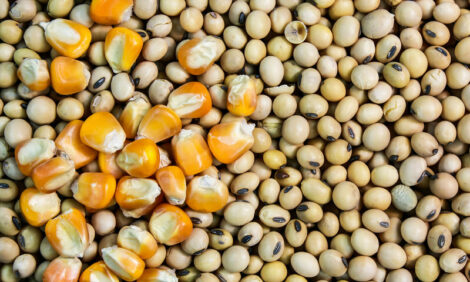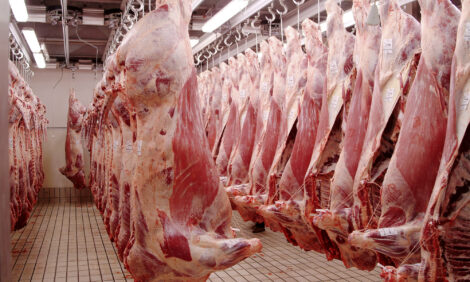



Pork industry makes progress on pain management
Pain management for pigs has always been a challenge, partly because it’s difficult to measure levels of pain and partly because there are no FDA-approved drugs labeled for pain management in pigs.Still, progress is being made in this important area of pork production, Monique Pairis-Garcia, DVM, PhD, an animal behavior specialist from The Ohio State University, told Pig Health Today.
Pigs are a prey species, so from an evolutionary standpoint, there’s no advantage for a pig to show that it is injured, experiencing pain or is potentially compromised, Pairis-Garcia said.
Certain procedures or processes performed on farms - tail docking, clipping needle teeth or castration, for instance - result in some level of pain for pigs, even though they serve important purposes.
“All of these [practices] have been scientifically demonstrated to cause pain, as shown through deviations in behaviour and physiology,” Pairis-Garcia said. “The solution to this problem has been extremely challenging.”
Difficulties in measuring levels of pain
“To really be able to see pain, we usually use cameras and we’re out of the room,” she said. “We watch hours and hours of video, looking at very subtle changes to their behaviour.”
Even if a pig does display pain, validated methods to quantify that pain are needed. That’s one reason it’s been difficult to get pain drugs approved for livestock, Pairis-Garcia said. Veterinarians are able to administer FDA-approved drugs for pain management in pigs, but it’s a stop-gap method.
“Fortunately, the American Association of Swine Veterinarians and the National Pork Board are putting resources and funding into creating a dialog [with FDA] and developing protocols for us to be able to move forward.”
Pairis-Garcia said a topical or transdermal drug for pain management that doesn’t require a lot of extra cost or labour would be ideal, but trials to date on these types of products haven’t provided the absorption needed to be effective.
Use the pain-management tools you have
Pairis-Garcia believes a long-term solution to pain management will involve pharmaceuticals, and she’s encouraged by the research. Producers understand the importance of minimising pain, so until products are approved specifically for use in pigs, “we can still use FDA-approved drugs like meloxicam as an injectable for pain management,” she said. She knows of several companies that are implementing pain protocols for castration.
From the caretaker’s perspective, Pairis-Garcia emphasised the importance of proper training. Workers need to use sharp, clean equipment, and ensure the process is going as smoothly as possible. And she hopes new tools are available soon.
“We are in good conversations with swine producers and swine veterinarians in Europe and Australia, and we’re working together as a whole to find solutions,” she said. “Everybody recognises…we need to manage pain, and it’s the right thing to do. It’s our ethical obligation, but we just need to figure out a way to make it feasible.”
Alternatives to physical castration
Another option for pain management is to adopt management practices that help eliminate it. For example, some countries raise intact male pigs but market them at a lower body weight to try to help prevent maturation and the possibility of boar taint in meat.
Another option is immunocastration, she said. Australia and several countries in Europe and Latin America often use immunocastration as an alternative to physical castration, Pairis-Garcia said, and she’s excited about the technology.
While the compound used for immunocastration is considered a pharmaceutical by FDA, she said it acts like a vaccine because it creates an antibody against those hormones that allow a male pig to mature.
The product must be administered accurately and reliably, so training is needed to ensure hog-farm employees know the correct protocols. A few producers in the US are using the product now, but Pairis-Garcia believes the primary obstacle to its widespread use is consumer acceptance.
“When people hear that you’re injecting a pig with something that’s going to influence the pig’s hormones, they think we are injecting hormones into the pig,” she said. “But that’s not the case at all. You’re…creating an antibody and immune response to a hormone that is naturally produced in the pig.”
A challenge exists in terms of consumer education, Pairis-Garcia said, adding that it’s important to create a dialog with consumers so they understand the science and safety behind a process that eliminates the pain associated with physical castration.








